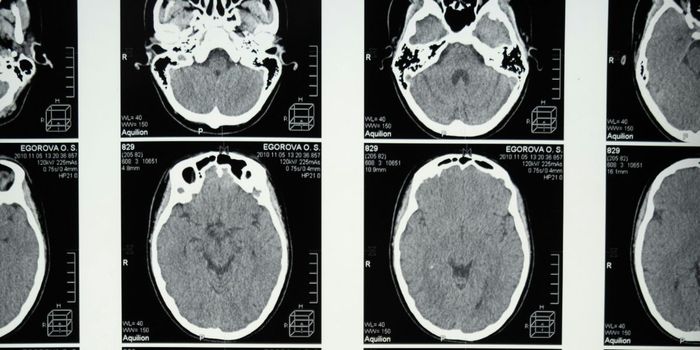Ask almost any adolescent boy about video games and you will likely hear a litany of strategy, scores and which online walk-throughs are best. Boys in their teens and young adulthood are heavy users of video games.
Statistics show that 29% of male gamers are under the age of 18 and their average age is 31, meaning half are younger than that. The average amount of time that a teen boy plays video games has been estimated at 20 hours per week in some studies.
So how does all this game time impact the brain? Recent research from a collaboration between the University of Utah School of Medicine, and Chung-Ang University in South Korea, was published online in Addiction Biology on Dec. 22, 2015 and the results concerning brain changes in heavy game users were significant.
The study looked at the MRI scans from close to 200 teen boys in Korea. The study participants were boys who had sought treatment for Internet Gaming Disorder. Yes, that’s an actual condition.
According to the DSM-5 APA 2013, Internet gaming Disorder is a “Condition for Further Study.” This means that while it hasn’t been classified as "official" disorder in the DSM, but the American Psychiatric Association can request additional research. Upon further research, the APA may or may not decide to make the disorder "official" in future editions of the DSM.
This study provided real evidence that the brains of compulsive video game players are wired differently. Chronic video game play, where the gamer is engaged in play for more than 30 hours per week, is associated with hyperconnectivity between several pairs of brain networks. It’s not an entirely bad thing. Some gamers have developed links between certain parts of the brain that allow them to react quickly to an event in the game or process new information that comes about in the course of play. The flip side of this kind of linkage is that hardcore gamers can have poor impulse control or be highly distractible.
In a press release for the University of Utah School of Medicine, study senior author Jeffrey Anderson who is an associate professor of neuroradiology said, “Most of the differences we see could be considered beneficial. However the good changes could be inseparable from problems that come with them.” Some of the helpful connections in the brains of gamers are between the auditory and visual cortices and the salience network of the brain. This connection can increase reaction times to danger or sharpen focus to certain stimuli. The more problematic connections in the brains of those studied are the ones between part of the prefrontal cortex and the temporoparietal junction. This deviation in connectivity is also seen in individuals with autism, Down’s syndrome and schizophrenia.
The research was conducted in South Korea because of how popular extended video gaming is there. The Korean government actively supports research into this area of neuroscience because video game addiction is becoming a problem.
A law enacted in 2011, dubbed “The Cinderella Act” prohibits those under the age of 16 from accessing online video games between the hours of midnight and 6 AM. Take a look at the video below to learn more about extended video game play and how it looks in the brain.









